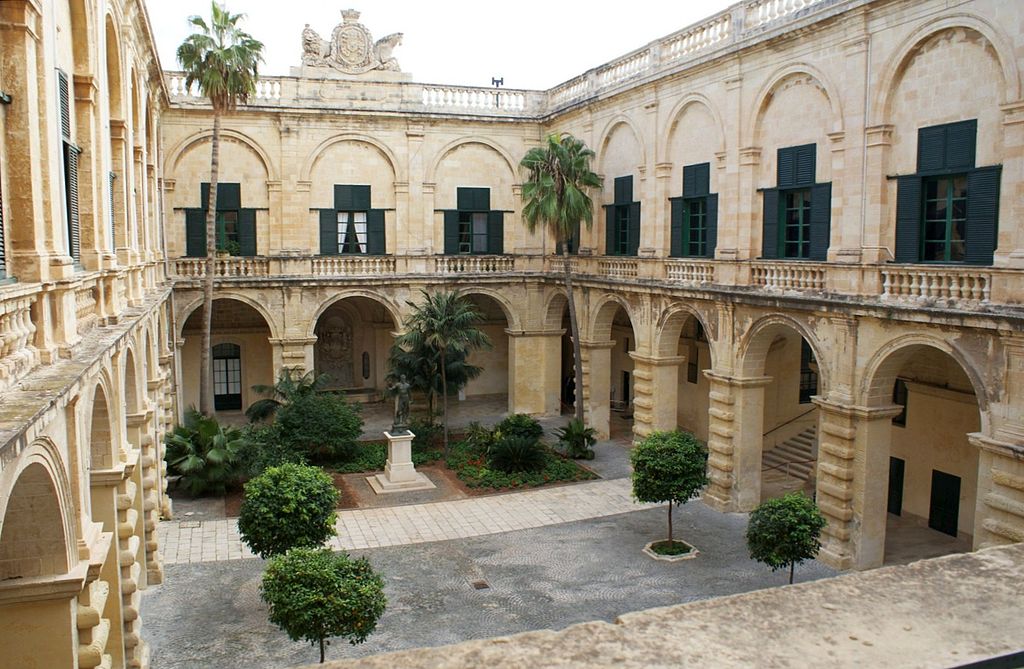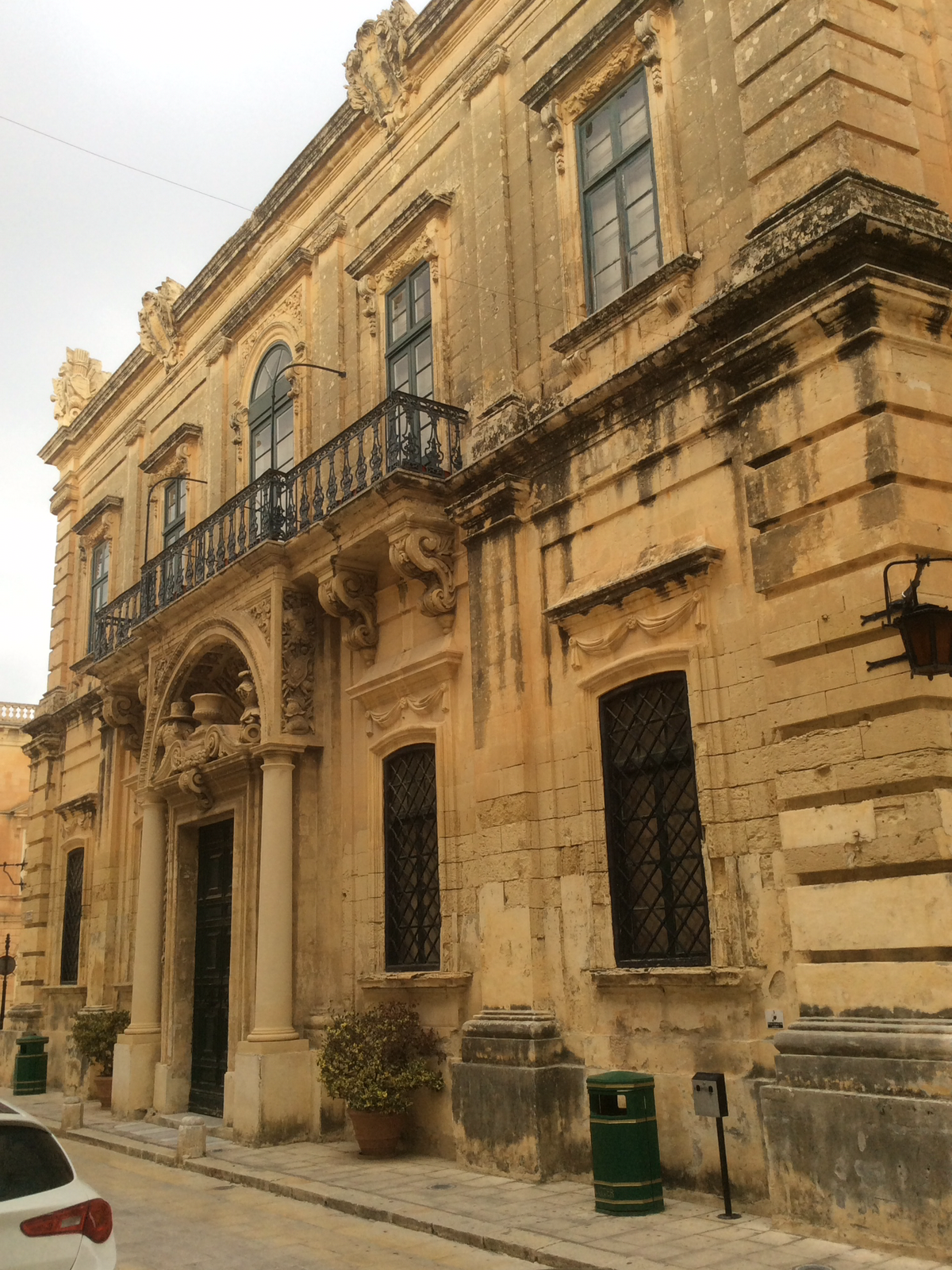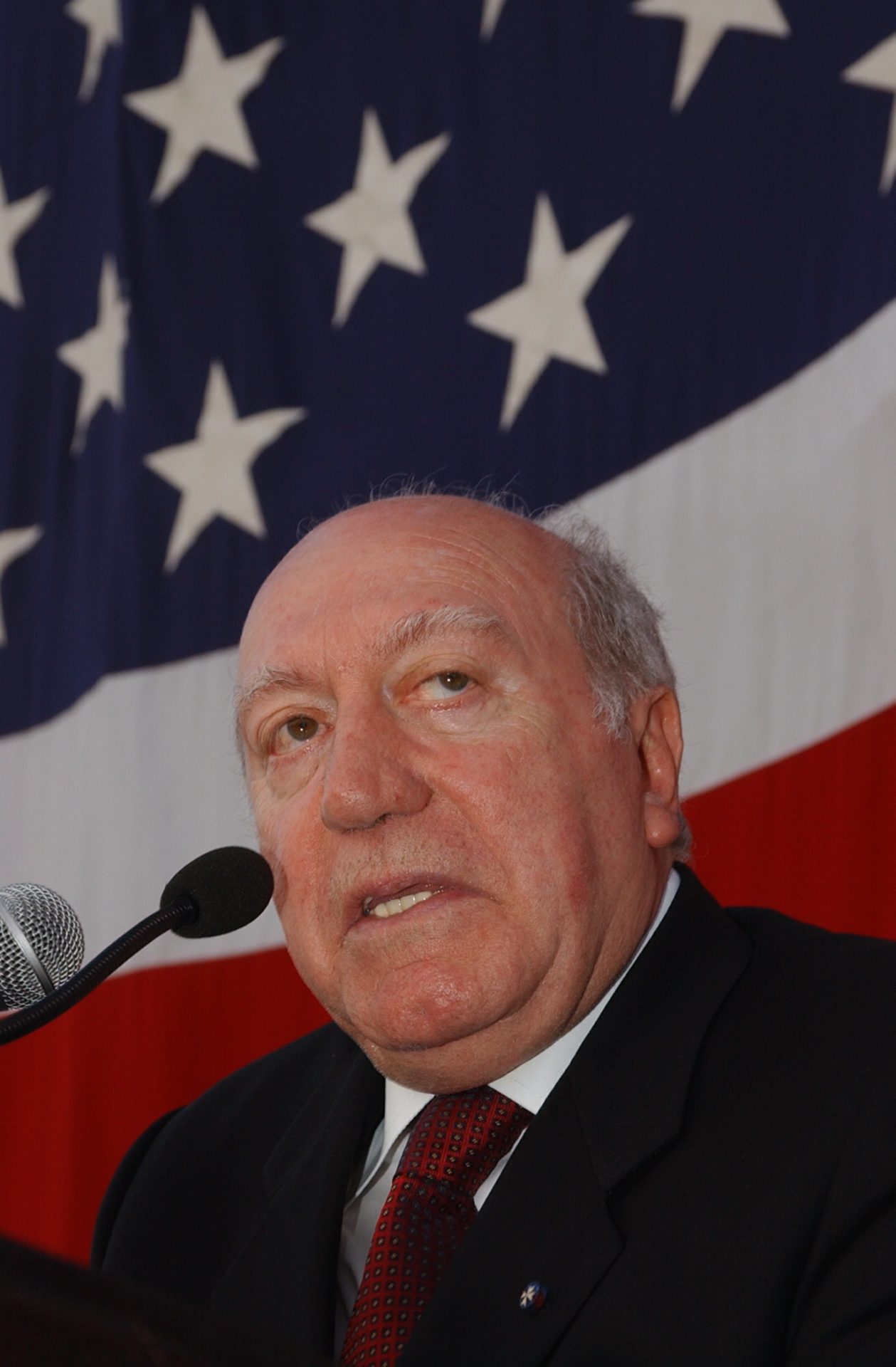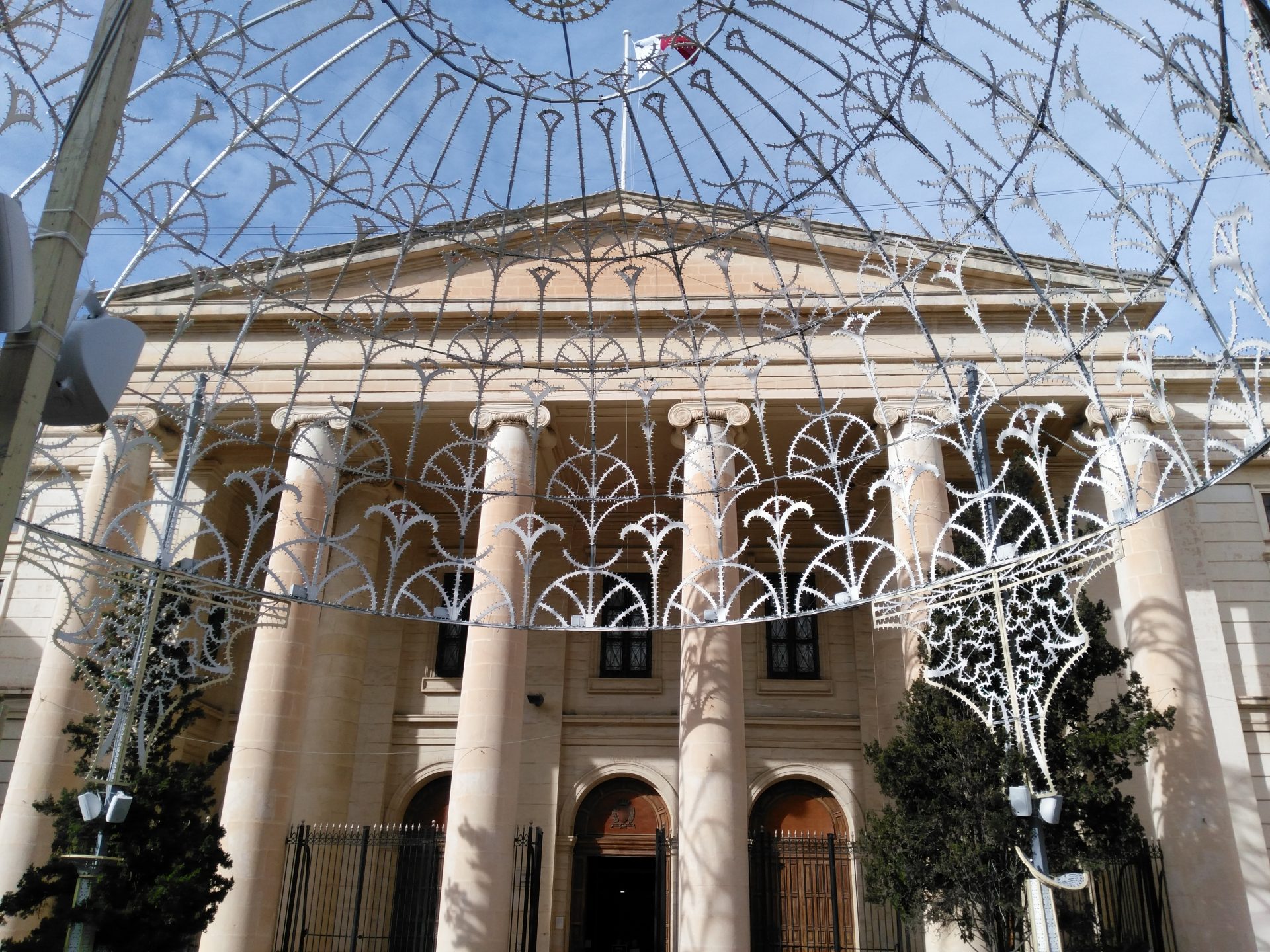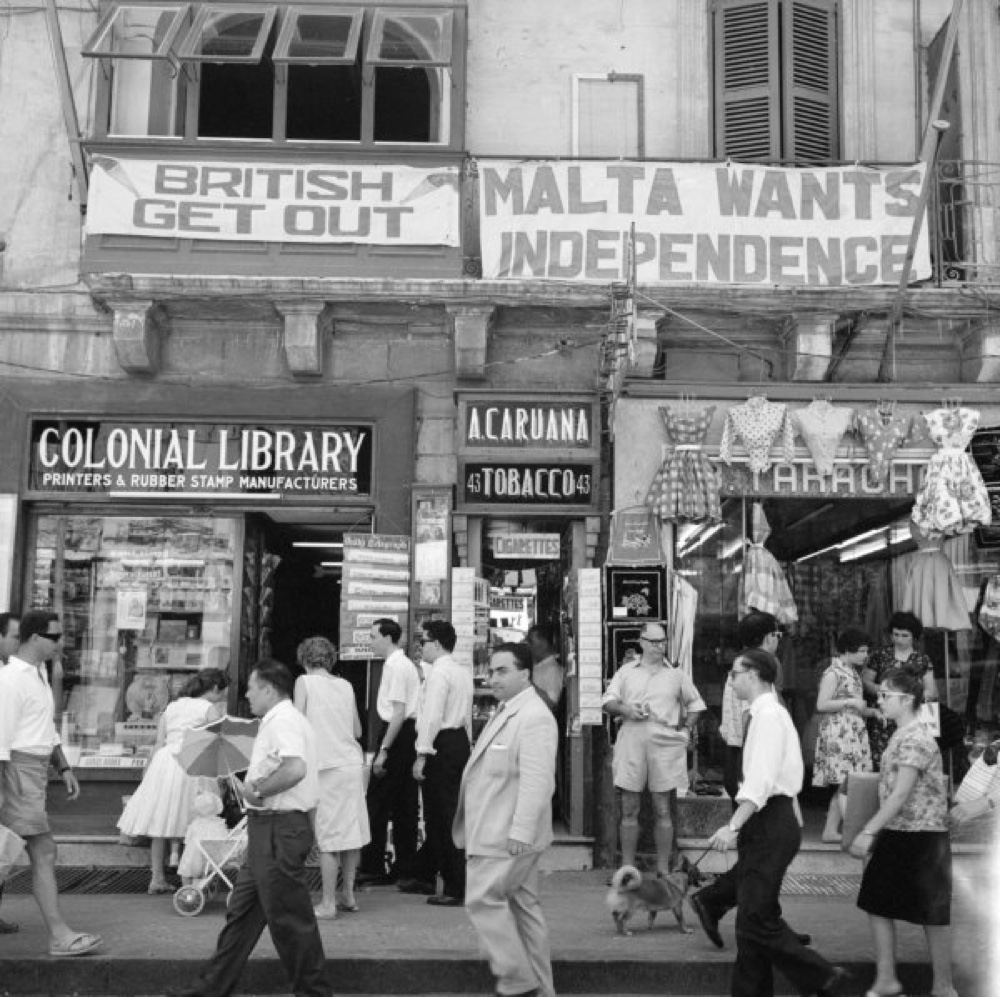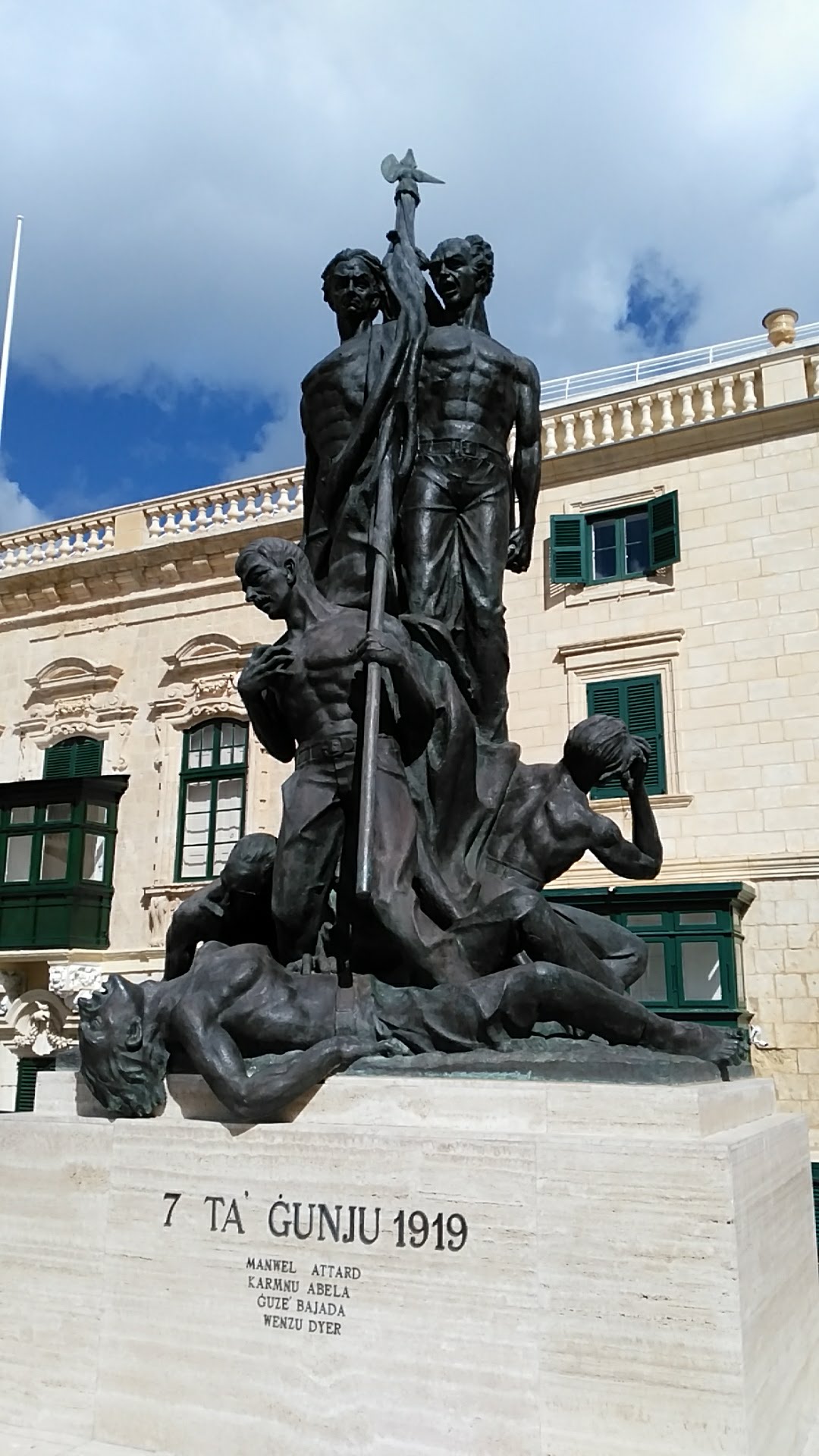The Great Siege of Malta, By Pen Lister. March 28, 2018. Categories: Malta DemocracyTags: malta
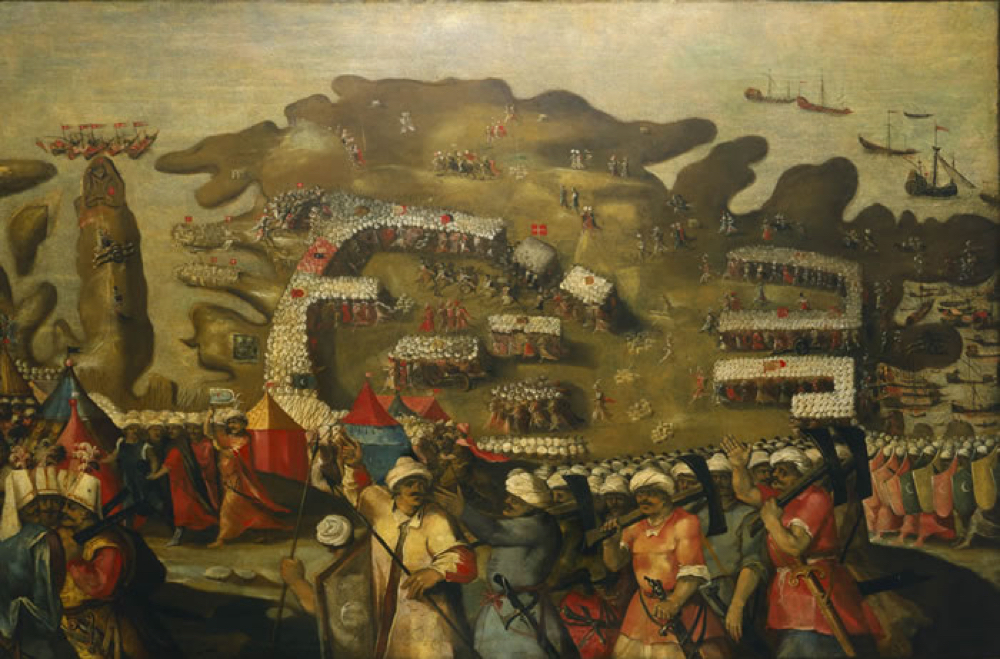
Some images and video to reflect on in relation to the Great Siege, and it’s historical impact on modern Maltese democracy.
Images (WikiMedia Commons)

Jean de Valette-Antoine Favray. By Hamelin de Guettelet (Own work) CC BY-SA 3.0, via Wikimedia Commons

Sultán Solimán, Senate of Spain. Public domain, via Wikimedia Commons
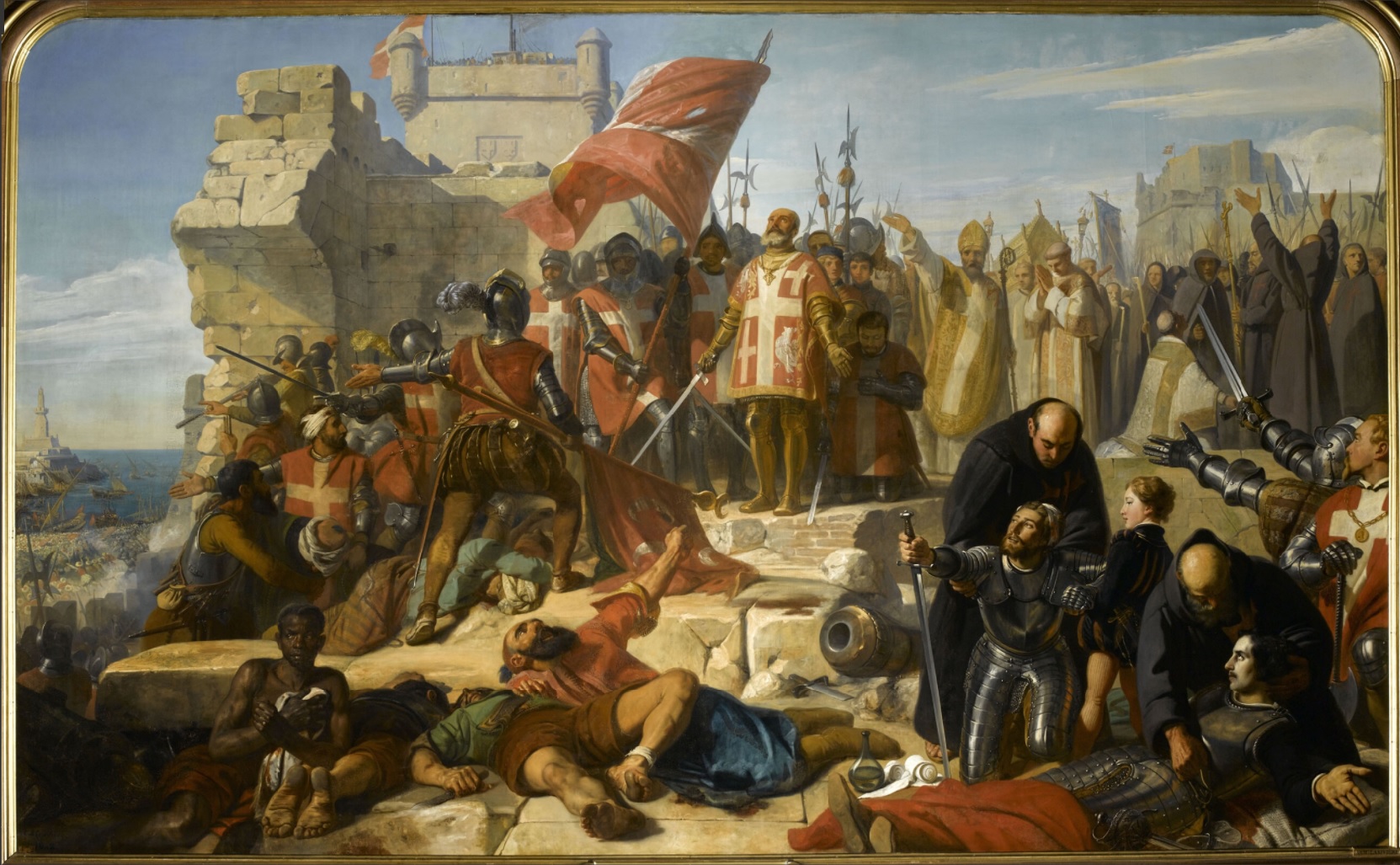
Levée du siège de Malte assiégé par le général Ottoman Mustapha, en septembre 1565. Charles-Philippe Larivière. CC BY-SA 3.0 or GFDL, via Wikimedia Commons
Video
The story of the Great Siege of Malta
https://youtu.be/H7c-NpRchlE (No audio)
The 450 year anniversary of the Great Siege, in 2015
The Knights of St John commemorating the Great Siege of Malta of 1565, at Birgu - Citta Vittoriosa on the 6 September 2015. Published by YouTube user hermaron88, 7 Sep 2015
Legacy
“Jean de Valette, Grand Master of the Knights of Malta, had a key influence in the victory against Ottomans with his example and his ability to encourage and hold together people as one man. This example had a major impact, bringing together the kings of Europe in an alliance against the previously seemingly invincible Ottomans; the result was the vast union of forces against Ottomans at the Battle of Lepanto seven years later. Such was the gratitude of Europe for the knights’ heroic defense that money soon began pouring into the island, allowing de Valette to construct a fortified city, Valletta, on Mt. Sciberras. His intent was to deny the position to any future enemies. De Valette himself died in 1568 after suffering a stroke while praying in a chapel.” from https://en.wikipedia.org/wiki/Great_Siege_of_Malta#Aftermath
Sources
- Featured Image: https://commons.wikimedia.org/wiki/File:Siege_of_malta_1.jpg
- Sultán Solimán: https://commons.wikimedia.org/wiki/File%3ASult%C3%A1n_Solim%C3%A1n_(Palacio_del_Senado_de_Espa%C3%B1a).jpg
- Jean de Valette: https://commons.wikimedia.org/wiki/File%3AJean_de_Valette_-Antoine_Favray.png
The Great Siege Monument
(Published March 31, 2018)
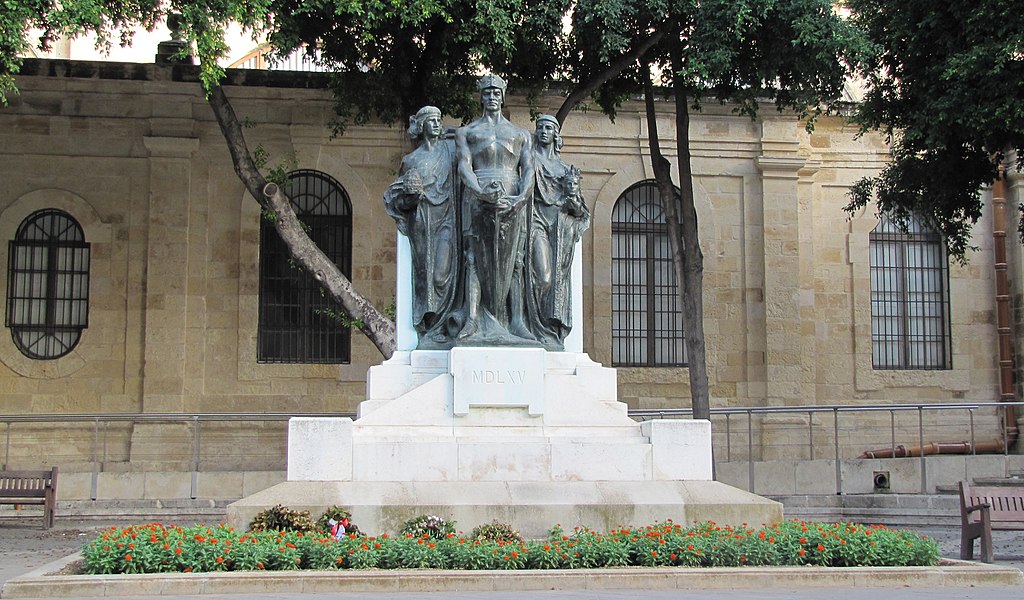
Some brief facts regarding the history of the monument to the Great Siege of Malta. The monument was originally located opposite the site of the old Auberge d’Auvergne, now theCourts of Justice building, but now stands adjacent to St John’s Co Cathedral on Republic Street in Valletta.
History
- This monument is the work of the renowned Maltese sculptor Antonio Sciortino who worked on it during 1926 while in Rome.
- It was inaugurated on 8 th May 1927.
- During the inauguration, Chief Justice Arturo Mercieca delivered his speech in Italian, while the priest, philosopher and poet Anastasio Cuschieri delivered a speech in Maltese, both in the presence of the British Lieutenant-Governor, Sir Thomas Alexander Vans Best. This illustrated the language question and the political tension of the time.
- In 2010 it was restored to addressed the effects of unfavourable atmospheric conditions, in particular the natural weathering process caused mainly by salt deposition, acidic bird droppings as well as past interventions.
- Since October 2017, the monument has been used as a makeshift memorial to the murdered journalist Daphne Caruana Galizia
Structure
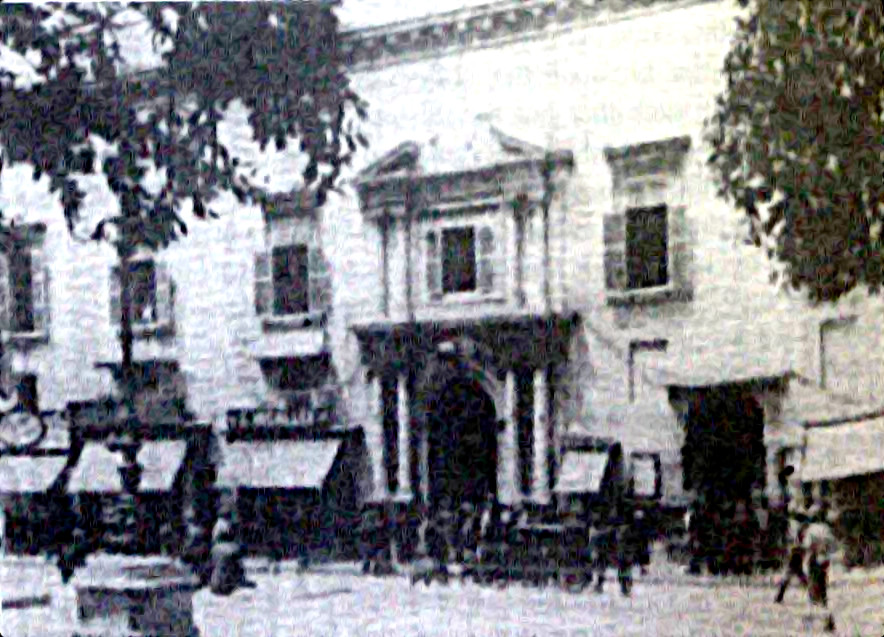
Auberge d’Auvergne (restored). By Unknown pre-1923 (British period photo) , via Wikimedia Commons
- The monument originally faced Auberge d’Auvergne. Due to the extensive damage caused during WWII the remains of the original Auberge were removed and in the 60s the Courts of Justice were built on the same site.
- It consists of three bronze figures, two females and a male in the middle.
- These female figures are wearing flowing dresses as well as a band in their hair.
- The central muscular male figure is wearing a three-pointed crown, half a suit of armour, holds a sword in his right hand which points down the centre of the monument and holds a shield with his left hand.
- The monument is a work of Neoclassical sculpture which lacks ancient models focussing on figures from the Roman era.
- The monument shows powerful simple lines which hint at Sciortino’s avant-garde style.
- The positioning of the figures was inspired by Davide Calandra’s relief La Glorificazione della Dinastia Sabauda at the Palazzo Montecitorio in Rome.
Meaning
- This monument is also known as the ‘Monument to the Fallen of the Great Siege’.
- The female figure on the left represents Faith and carries a papal tiara (a crown that was worn by popes of the Catholic Church) in her outstretched hand.
- The female figure on the right represents Civilisation and carries a mask of Minerva, the Roman goddess of Wisdom.
- The central male figure represents Fortitude or Valour.
Source
https://en.wikipedia.org/wiki/Great_Siege_Monument Featured:https://commons.wikimedia.org/wiki/File%3AGreat_Siege_Monument_-_Valletta.jpg
